Chile Seco Puya is a dried chili pepper originating from Peru and Bolivia, known for its smoky, earthy flavor and medium to high heat level (20,000–40,000 Scoville units). This versatile chili is a staple in Latin American cuisine and perfect for adding depth to sauces, stews, and marinades.
Table of Contents
- What Is Chile Seco Puya?
- Flavor Profile and Heat Level
- How to Use Chile Seco Puya in Cooking
- Where to Buy Chile Seco Puya
- Expert Cooking Tips
- Frequently Asked Questions
- Conclusion
What Is Chile Seco Puya?
The chile seco puya is a sun-dried variety of fresh rocoto peppers grown in Peru's Andean regions. Known locally as chilca or chile seco de Puno, this chili is prized for its distinctive wrinkled texture and deep red-to-brown color when dried. The "seco" in its name refers to the traditional drying process that concentrates its flavor while preserving heat.
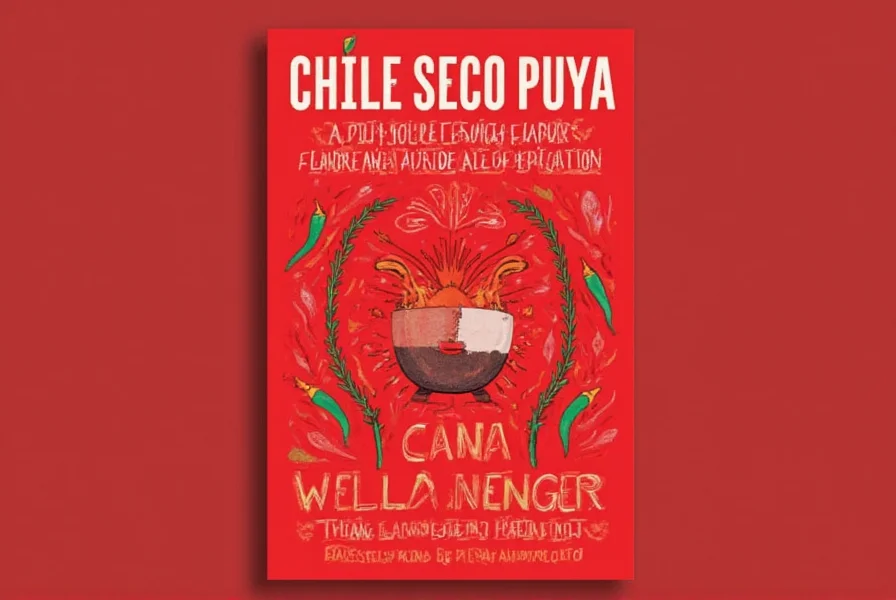
Flavor Profile and Heat Level
| Flavor Notes | Heat Level (Scoville Units) |
|---|---|
| Smoky, Earthy, Slightly Sweet | 20,000 – 40,000 SHU |
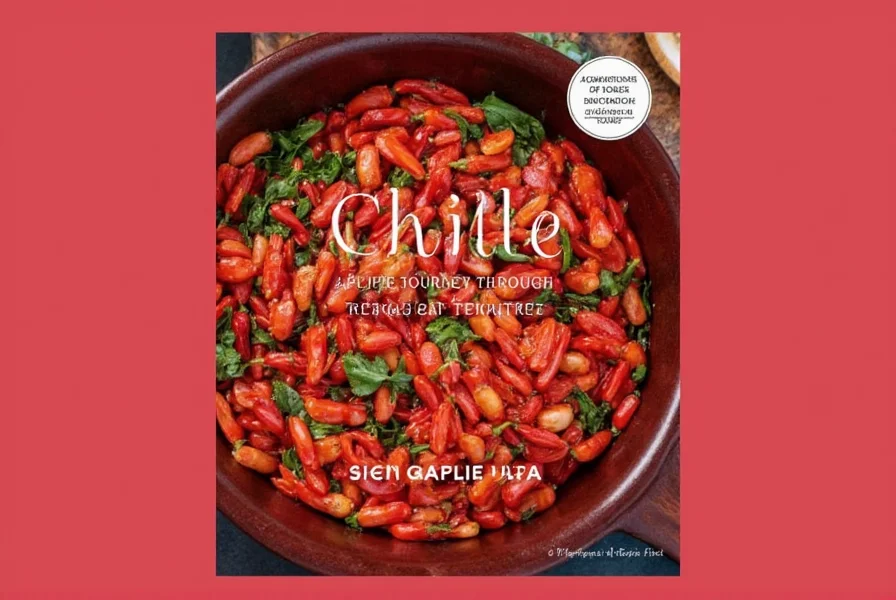
Compared to common chilies, chile seco puya is about 5 times hotter than jalapeños but significantly milder than habaneros. Its heat builds gradually rather than delivering immediate intensity, making it ideal for balanced spice in dishes.
How to Use Chile Seco Puya in Cooking
- Rehydrate properly: Soak dried chilies in warm water for 15-30 minutes until pliable before using
- Control heat levels: Remove seeds and membranes for milder flavor; retain for maximum heat
- Make authentic sauces: Perfect for traditional Peruvian moles, salsas, and broths
- Enhance proteins: Add to marinades for grilled meats or roasted vegetables
- Experiment creatively: Try ground puya as a seasoning for popcorn, chocolate desserts, or cocktails
Where to Buy Chile Seco Puya
1. Peruvian Chile Seco Puya (Whole Dried)
Features: Authentic Peruvian origin, handpicked and sun-dried, no additives.
Advantages: Ideal for traditional recipes requiring whole chilies
Best For: Home cooks and chefs preparing ají de gallina or rocoto relleno
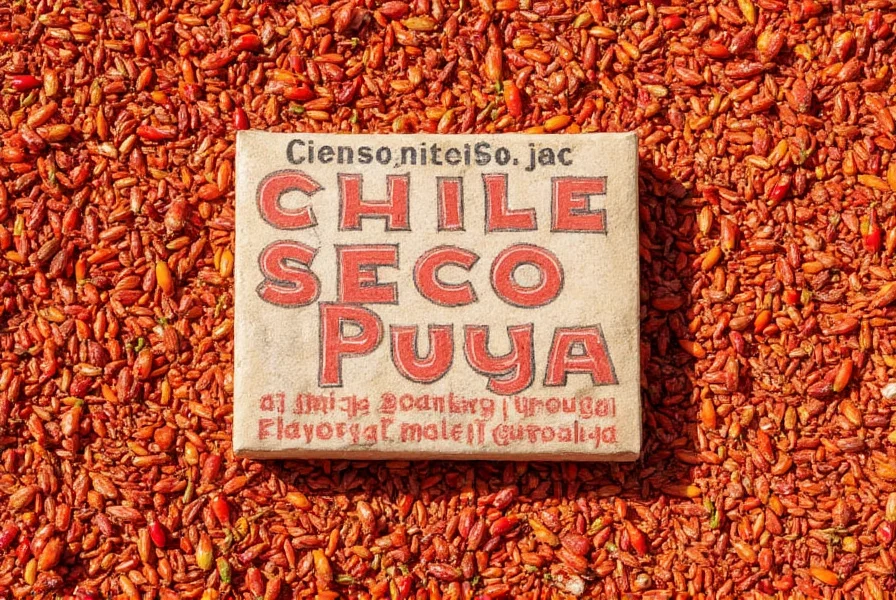
2. Chile Seco Puya Powder (Organic)
Features: Fine grind, certified organic, ready-to-use
Advantages: Convenient for quick recipes and consistent seasoning
Best For: Everyday cooking, spice blends, and grilling
3. Chile Seco Puya Blend (With Other Chiles)
Features: Mixed with ancho or guajillo chilies
Advantages: Complex flavor profile for versatile applications
Best For: Homemade salsas, mole sauces, and international cuisine
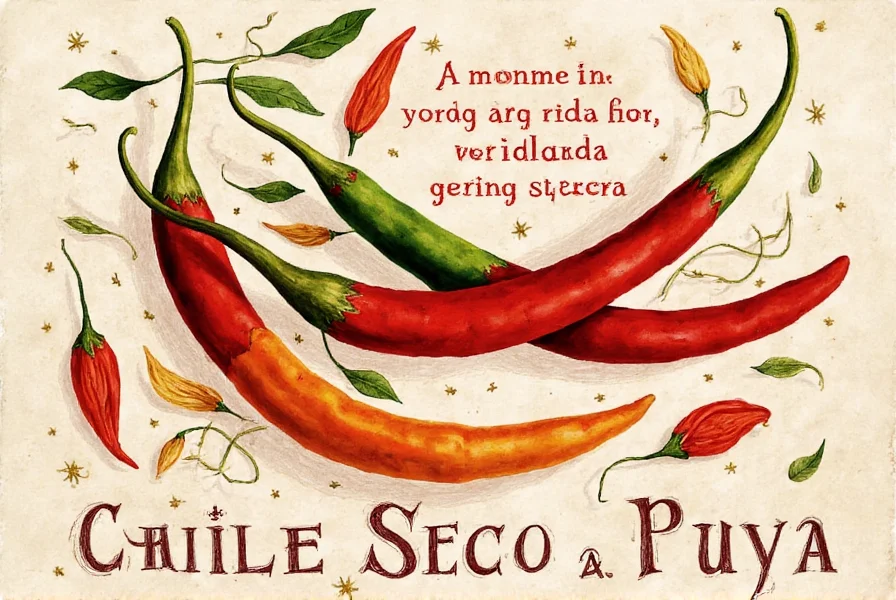
Always check for: origin labeling, absence of preservatives, and proper drying certification. Store in airtight containers away from light and moisture.
Expert Cooking Tips
- Toast before rehydrating: Dry-toast chilies in a pan to intensify smoky notes
- Balance with creamy ingredients: Pair with avocado, sour cream, or cheese to moderate heat
- Use sparingly at first: Start with 1-2 chilies per recipe and adjust to taste
- Combine with traditional ingredients: Works exceptionally well with garlic, onions, cumin, and lime
- Preserve freshness: Freeze whole chilies for up to 3 years while maintaining potency
For authentic Peruvian dishes like rocoto relleno, stuff the chilies with spiced meat and bake. This chili also elevates chocolate-based sauces and roasted vegetable dishes with its unique smoky character.
Frequently Asked Questions
What is chile seco puya?
Chile Seco Puya is a dried chili pepper originating from Peru and Bolivia, specifically sun-dried rocoto peppers. It's known for its wrinkled texture, deep red to dark brown color, and distinctive smoky flavor profile with 20,000-40,000 Scoville Heat Units.
How hot is chile seco puya compared to other chilies?
With 20,000-40,000 Scoville Heat Units, chile seco puya is about 5 times hotter than jalapeños but significantly milder than habaneros or ghost peppers. Its heat builds gradually rather than delivering immediate intensity.
Can I substitute chile seco puya with other dried chilies?
Yes, guajillo or ancho chilies work for milder dishes, while chipotle replicates smokiness. For closest match, combine guajillo (for flavor) with a small amount of arbol chili (for heat).
Do I need to remove the seeds before using chile seco puya?
For milder results, remove seeds and white inner membranes where capsaicin concentrates. Always wear gloves when handling hot chilies to protect your skin. Retain seeds for maximum heat intensity.
How should I store chile seco puya to maintain freshness?
Store whole dried chilies in an airtight container in a cool, dark place for up to one year. For longer storage, freeze them to maintain potency for 2-3 years. Avoid humidity to prevent mold.
What dishes work best with chile seco puya?
This versatile chili shines in Peruvian classics like ají de gallina and rocoto relleno. It also enhances moles, stews, braised meats, chocolate-based sauces, roasted vegetables, and grilled meats with its distinctive smoky profile.
Conclusion
The chile seco puya offers the perfect balance of smoky depth and controlled heat for any kitchen. Whether you're making authentic Peruvian dishes or experimenting with new recipes, this chili brings unique flavor complexity that elevates ordinary meals to extraordinary. Start with small quantities, pair with complementary ingredients, and discover why this Andean treasure belongs in every spice enthusiast's collection.
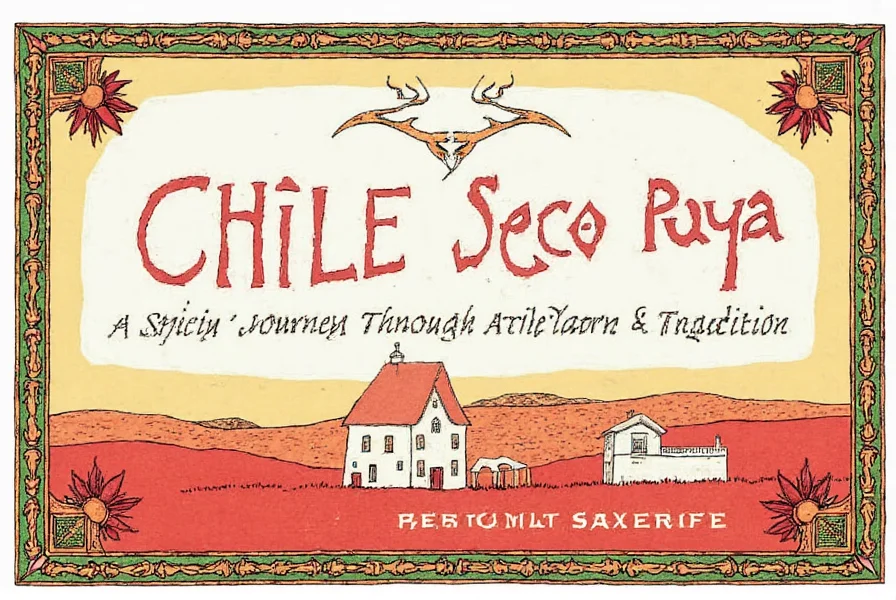










 浙公网安备
33010002000092号
浙公网安备
33010002000092号 浙B2-20120091-4
浙B2-20120091-4